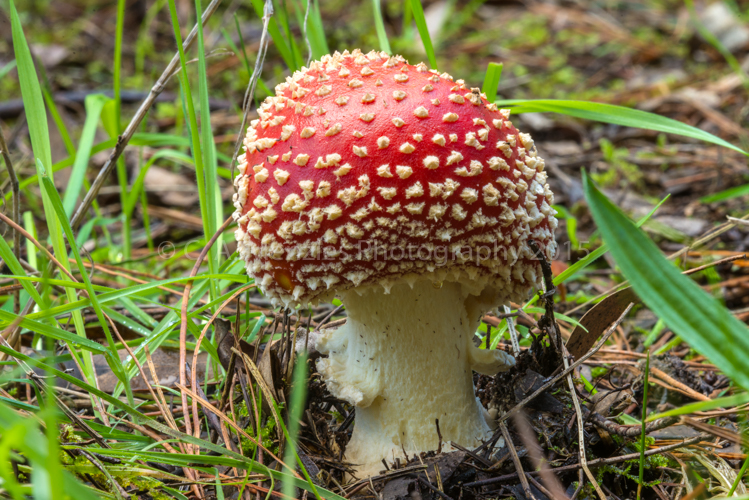I’ve been putting together some plans for the next few trips to do some shooting.
Mallacoota
Located on the far east “point” of Victoria, it’s about as far on road as you can go in this State. This seems like to be comprised of two components: a short 4 day trip to scout about and the second part a week long trip staying on a hired Houseboat with a friend. There are apparently plenty of jetties to tie up to at different points about the river & inlet.
Grampians
It doesn’t matter where in the Grampians you go, there’s nothing but awesome scenery to shoot, along with beautiful wildflowers and in particular Orchids.
Otways
Located in the south of Victoria, there is some absolutely amazing Forest & Wildlife to be seen. In particular I’m looking forward to walking out to Sabine Waterfall. It’s an hour’s walk from the road, but approximately 130 metres high, so should be a treat! Apparently there’s a Black Carnivorous Snail that’s rare, apparently endangered, but a real treat if you get to shoot one.
Werribee Gorge
Apparently this is a area abounding with great scenery & walks for all skill levels. Walks go from the easy right through to tough!

